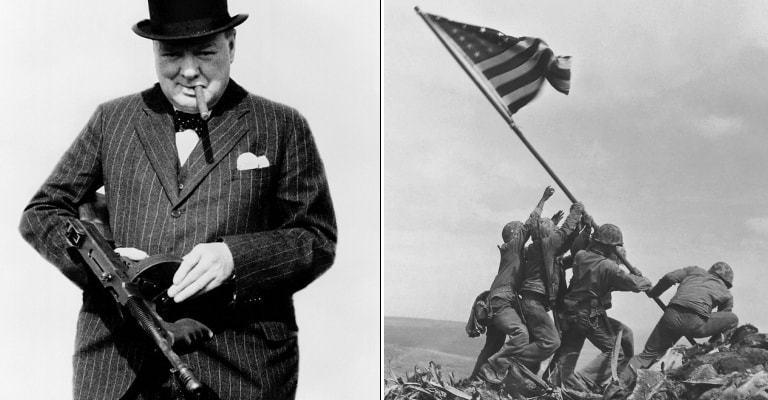The invention of photography, widely considered to date to 1826, changed history and the preservation of moments thereof. As the speed with which images could be captured increased, there was a corresponding increase in our ability to instantaneously capture the events depicted in those images as they happened, then share them widely. Over the years, many photos came to influence the world by shaping how we think, or even how we live.
Following are sixteen of history’s most remarkable or influential photographs.
Lunch Atop a Skyscraper
The Great Depression was, well… pretty depressing, in more ways than one. It produced many memorable photographs, capturing the gloom, doom, misery and uncertainty of a nation reeling from a severe economic downturn and high unemployment. Lunch Atop a Skyscraper went against that grain of suffering and sadness.
On September 20th, 1932, an unknown photographer snapped a shot of one of the most dangerous, yet lighthearted, lunch breaks ever. Seated on a steel girder more than 800 feet above Manhattan, 11 ironworkers were taking a break from toiling on the Rockefeller Center to eat, smoke, and chat in a carefree manner, seemingly oblivious to their peril.

The image appeared in the New York Herald Tribune of October 2nd, 1932, and caused a sensation. It was embraced by New York City ironworkers as a badge of their profession, and by the Big Apple as affirmation of its image as the place where the impossible was routine. For the rest of the country, the workers, seemingly thumbing their noses at both danger and the Depression, became a symbol of American grit, resilience, and daring.
As it turned out, the photo was actually part of a publicity stunt on behalf of the Rockefeller Center. The workers were real enough, but the event was staged as part of a promotional campaign for the massive skyscraper complex then under construction. Further raining on the parade, the New York Times asserted in 2012 that there might not have even been any danger involved, as a completed floor probably stood just a few feet below the girder, out of the frame. Nonetheless, regardless of authenticity, the image was a rare bright spot during a grim stretch of the country’s history.

